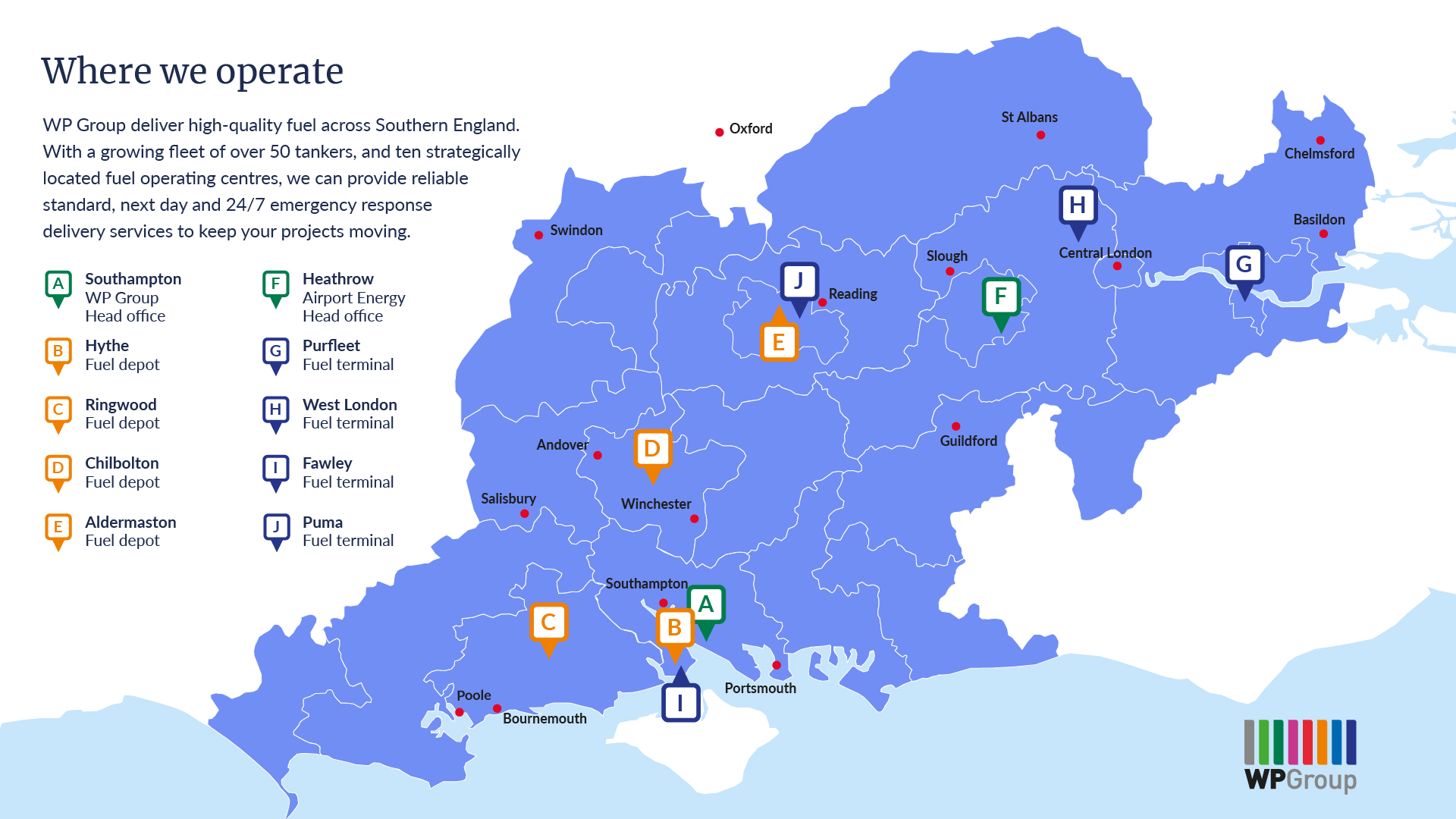How to secure driver buy-in to fleet telematics
Published Tuesday 3 September, 2019

For most fleet managers, the benefits of telematics and vehicle tracking technologies have been evident for some time now. Boosted productivity. Enhanced fuel efficiency. Better decision making. And, above all, improved customer satisfaction. For those managing a vehicle fleet, what more could you ask for?!
Despite this, however, gaining that all important driver buy-in has proved a little trickier! Where fleet managers are quick to see the benefits these new technologies can deliver, fleet drivers are often quick to perceive this as a threat. It’ll come as no surprise, then, that almost 43% of fleet managers[1] have reported facing a ‘significant amount’ of resistance when implementing telematics systems (with a further 37% experiencing at least ‘a little’ resistance).
Whilst avoiding resistance all together is undoubtedly an impossible task, with the right approach, it can be kept to a minimum. So, how can fleet managers help keep the peace when implementing these valuable systems?
1. Be transparent…
53% of fleet drivers say their company has not provided them with enough information on their use of telematics [2]
As with any workplace change, when implementing new fleet technologies, transparency is key. It may seem tempting to install tracking systems without driver knowledge, the aim being to establish a benchmark level by which to measure success. Doing so, however, is likely to backfire and could lead to a significant driver backlash – which could have been avoided! Instead, ensuring drivers are aware of both the reasons and implications of introducing tracking technology (or any technology for that matter) from the outset is vital. Not only will this help smooth that tricky transitional period, but the earlier drivers understand and buy into a new system, the sooner the efficiencies will start to be seen.
According to fleet drivers themselves, the areas they are most curious about are: whether the data will be used as a disciplinary method (57%), how it is actually captured (56%) and for how long it will be stored (47%)[3] – so this may be a good place to start.
2. …and don’t forget the mutual benefits!
Of those not yet utilising telematics, 23% say it is because they fear their drivers will feel like they’re being monitored [4]
Whilst a change in attitudes has no doubt begun since fleet telematics and tracking technologies were first introduced, it seems the ‘spy in the cab’ concern is hard to shift – and the distinction between ‘tracking’ and ‘monitoring’ may not always be apparent for those being ‘tracked’.
Be sure to highlight the benefits to the drivers themselves, not just the fleet. To name a few? Protection against insurance claims, reduced accident risk, traffic avoidance, less laborious paperwork and equitable distribution of work.
3. Don’t make the decision alone
If possible, involving driver representatives in the technology selection process can help make employees feel like a valued part of your decision making – something which can significantly reduce the risk of resistance when it comes to the implementation phase. If this isn’t possible, however, all is not lost. Establishing ways for employees to continually provide feedback and have their questions answered can be just as valuable.
4. Use data to reward
51% of fleet drivers believe telematics are used more as a disciplinary tool than a reward in their organisation[5]
Using telematics systems to identify only when drivers do things wrong can lead to a deceptively negative view of the technology, and won’t help your cause! Fleet managers who use these systems in a positive way can drastically aid driver engagement and buy in. Consider an incentive programme that rewards the driver who creates the fewest harsh braking or steering inputs, for example. Or reward the driver with the best mpg across the year. Whatever the criteria, rewarding drivers in this way can bring an often needed boost to morale and engagement. Plus, a little friendly competition never hurt anyone!
5. Take privacy seriously
The ‘lure’ of telematics technology is the wealth of new data now made available at the touch of a button. However, whilst fleet managers may own their fleets, they don’t necessarily own their drivers’ data. On top of this, the implementation of the EU’s General Data Protection Regulation (GDPR) in May 2018 makes privacy of data is a big consideration when looking to implement this type of technology. Under this new regulation, a business must receive unambiguous consent before collecting personal information – and any data which identifies a driver directly is ‘personal’. As a minimum, drivers should be given a clear data contract outlining exactly what information will be gathered and for what purposes. And staying clue up about your legal obligations is a must!
Attaining that all-important driver buy in can potentially prove ‘make or break’ for the success of fleet management technologies and telematics systems. During any decision making-process, then, it is vital to get the balance right between the needs and preference of the drivers with the need to achieve strategic fleet objectives. Luckily, with the right approach, this could be easier than you think!
[1] http://fleetanswers.com/content/implementing-telematics-while-minimizing-driver-resistance
[2] http://www.btfleetinsight.com
[3] http://www.btfleetinsight.com
[4] http://static.telematics.tomtom.com/_tt/lib/assets/ttt/doc/whitepapers/en_gb/ttb-driver-objections-whitepaper.pdf
[5] http://www.btfleetinsight.com





